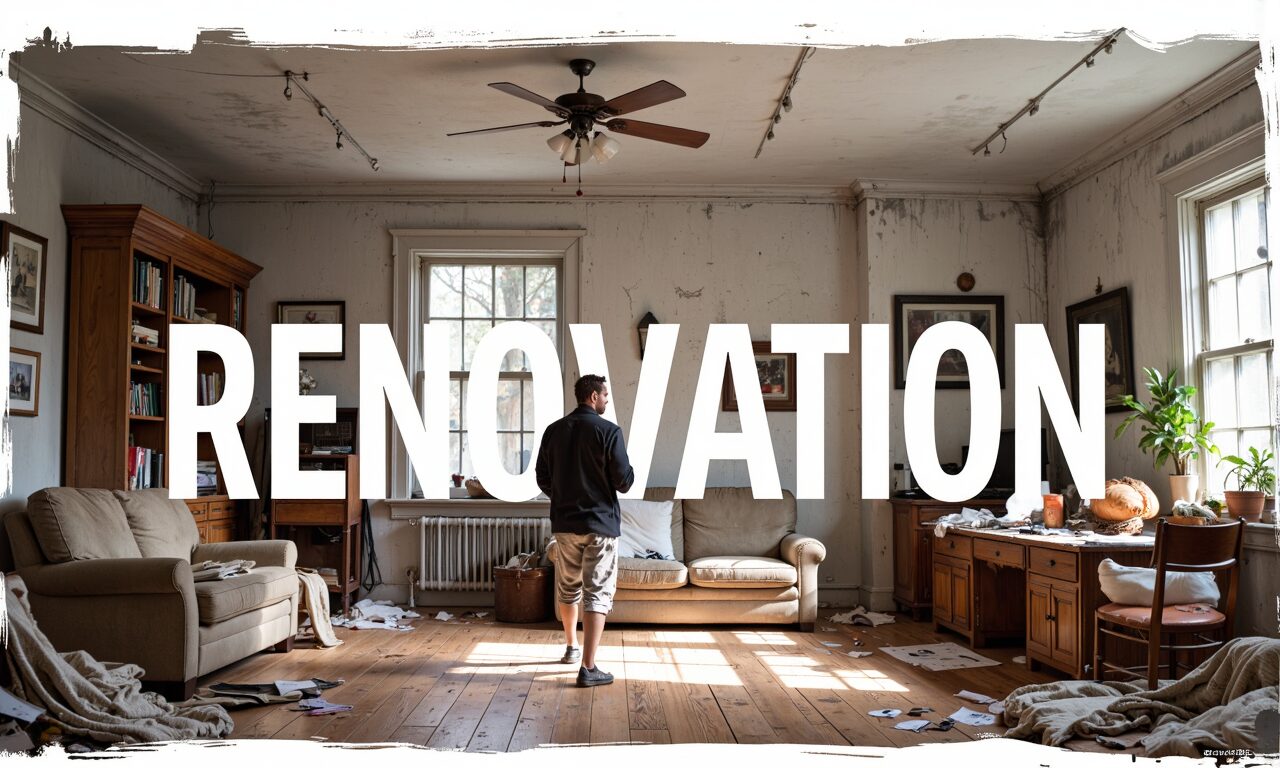The Allure of Minimalist Design: Why Less is More
In a world often overwhelmed by clutter and complexity, minimalist design stands out as a refreshing approach that emphasizes simplicity and functionality. This design philosophy, which advocates for the elimination of excess, has gained immense popularity across various fields, including architecture, interior design, graphic design, and product development. Here’s a closer look at why minimalist design is so attractive and how it resonates with modern sensibilities.
1. Aesthetic Appeal
Minimalist design is characterized by clean lines, open spaces, and a restrained color palette. This simplicity creates a sense of elegance and sophistication that is visually pleasing. By focusing on essential elements, minimalist design allows each component to shine, creating a harmonious balance that is easy on the eyes. For example, a minimalist living room with neutral tones and carefully selected furniture can evoke a sense of calm and tranquility.
2. Psychological Benefits
The psychological impact of minimalist design cannot be overstated. Cluttered environments can lead to feelings of stress and anxiety, while minimalist spaces promote a sense of peace and clarity. By reducing visual noise, minimalist design helps individuals focus better and enhances overall well-being. Studies have shown that people often feel more relaxed and productive in minimalist settings, making it an ideal choice for both homes and workplaces.
3. Functionality and Efficiency
At its core, minimalist design is about functionality. Every element serves a purpose, which leads to more efficient use of space and resources. This practicality is particularly evident in product design, where minimalist products often prioritize usability and user experience. For instance, a sleek, simple smartphone interface can make navigation intuitive and enjoyable, enhancing user satisfaction.
4. Timelessness
Minimalist design transcends trends, making it a timeless choice. While other styles may come and go, the principles of minimalism remain relevant. This durability means that minimalist designs often age gracefully, maintaining their appeal over time. Homeowners and businesses alike can invest in minimalist designs with confidence, knowing they won’t quickly become outdated.
5. Sustainability
In an era where sustainability is increasingly important, minimalist design aligns well with eco-friendly practices. By focusing on quality over quantity, minimalist design encourages the use of durable materials and reduces waste. This approach not only benefits the environment but also promotes a more mindful consumption pattern, encouraging individuals to invest in fewer, high-quality items rather than accumulating unnecessary possessions.
Conclusion
The appeal of minimalist design stems from its capacity to craft beautiful, functional, and sustainable environments that align with our yearning for simplicity and clarity. In a world filled with complexity, adopting a minimalist approach can foster a more balanced and fulfilling lifestyle. At Render First, we believe that the principles of minimalist design not only enhance architecture, interior design, and product development but also pave the way for a more intentional and visually pleasing existence. By prioritizing clarity and purpose, we help our clients create spaces that truly resonate with their values and aspirations.




